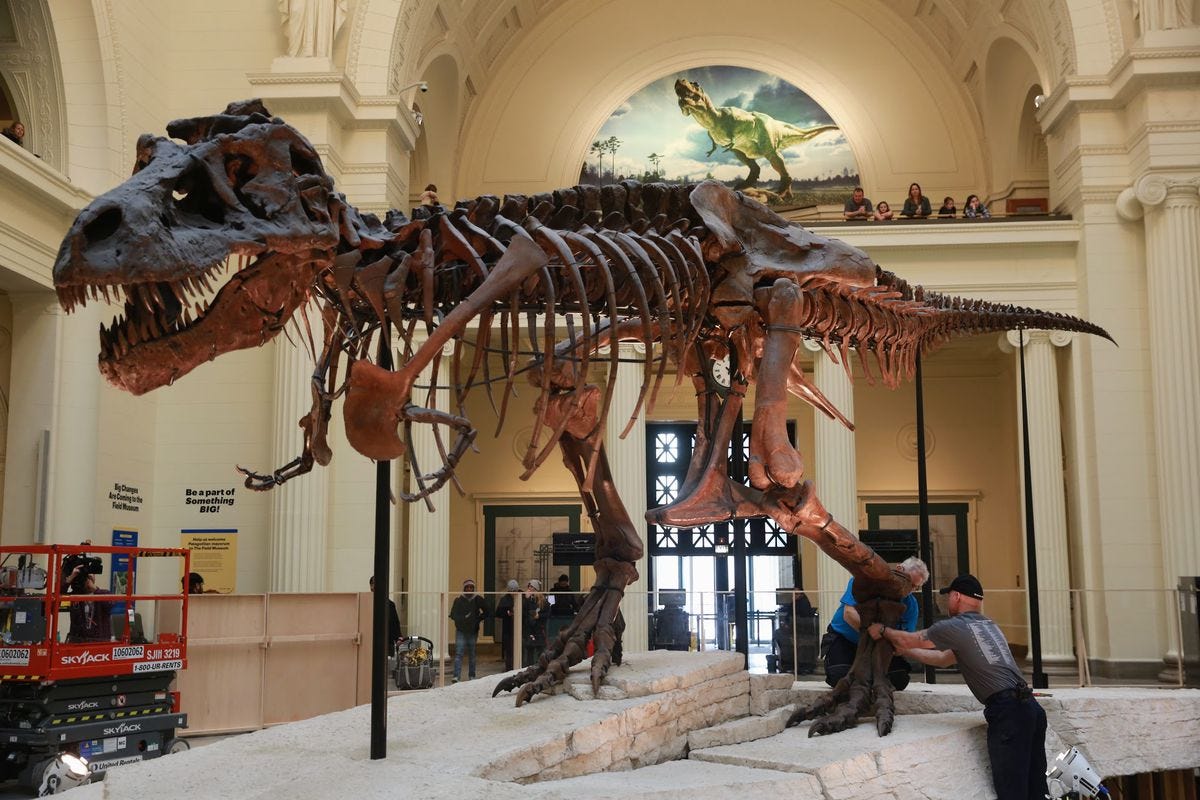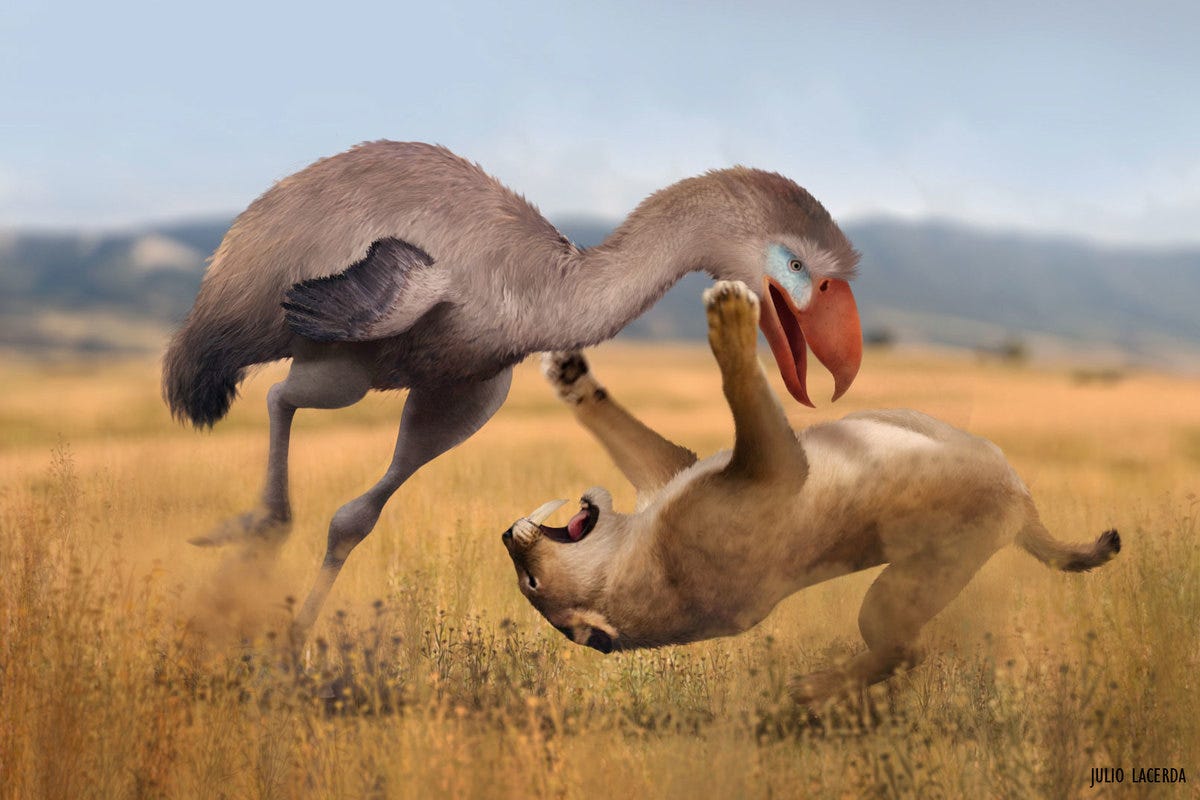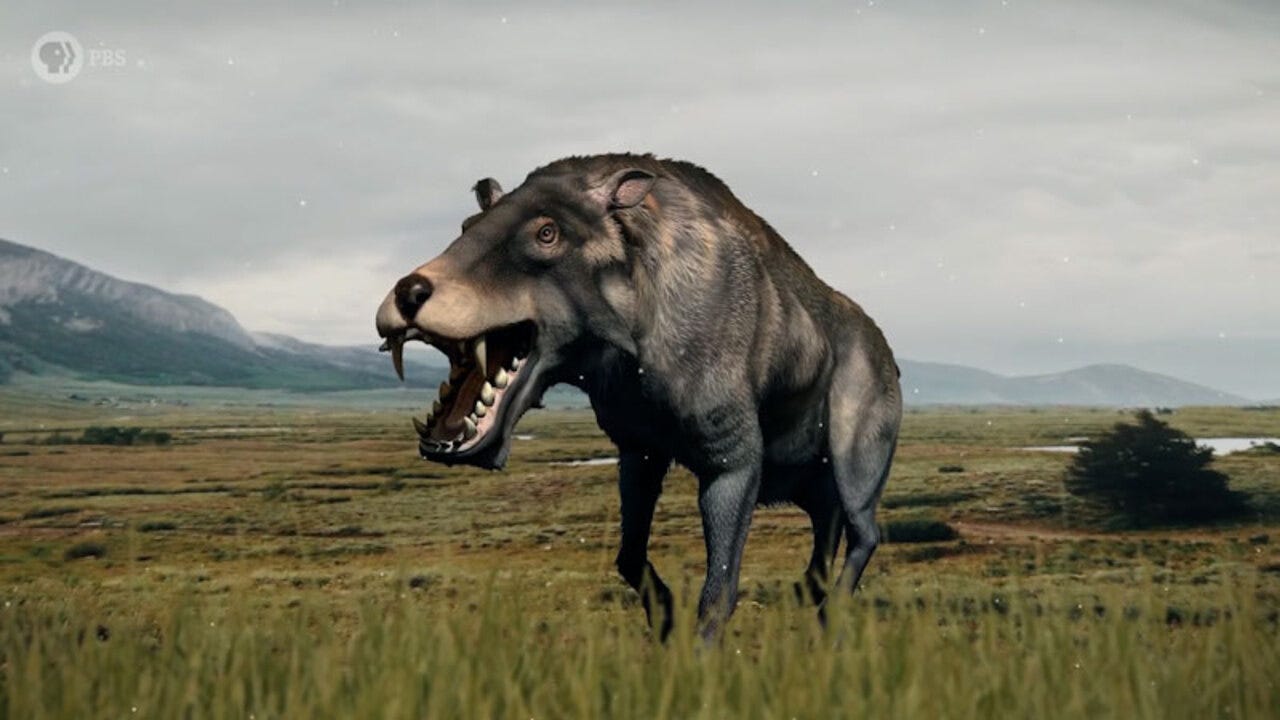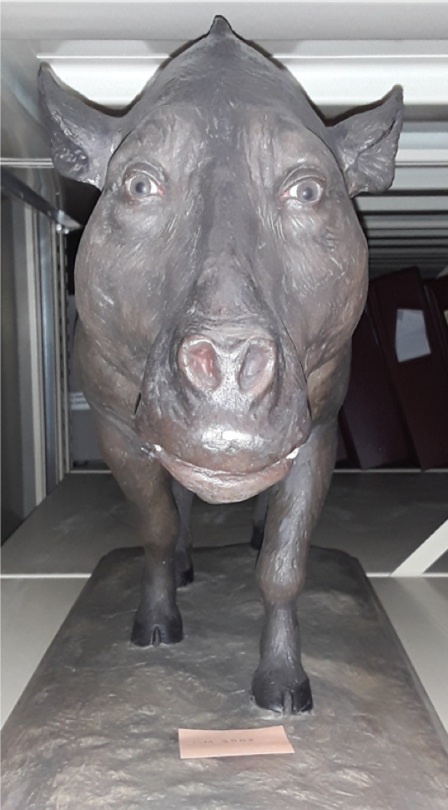Museums know what it takes to draw customers these days: dinosaurs. There’s nothing new about that. Big-city museums have used giant skeletons in huge halls to delight the public for years.
That’s Sue being set up at the Field Museum 25 years ago.
Here in central Illinois, the Peoria Riverfront Museum wraps up an exhibit of the world’s largest dinosaurs in August. Meanwhile, the Field Museum in Chicago has been celebrating the “summer of Sue” with events that recognize the 25th anniversary of Sue, the museum’s T.rex.
Scanning the Midwest, the National Mississippi River Museum and Aquarium in Dubuque, Iowa features an exhibit that runs through Sept. 15: “Ice Dinosaurs: The Lost World of the Alaskan Arctic” while the Children’s Museum in Indianapolis continues to expand its Dinosphere, a dinosaur display started more than 20 years ago.
Whether you’re in Rockford visiting the Burpee Museum of Natural History, at the St. Louis Science Center, or at the Indiana Dinosaur Museum in South Bend, you’ll find dinosaurs.
Not, as Seinfeld used to say, that there’s anything wrong with that. I love dinosaurs. I think we all do to some degree or another. We grow up with them. After all, preschoolers’ attire seemingly mandates the depiction of unicorns, mermaids or dinosaurs.
Having mentioned the venerable Field Museum, it’s worth noting that the Chicago attraction has a new exhibit coming. “After the Age of Dinosaurs” is scheduled to open August 29 and run through Sept. 7 of next year. “Meet unfamiliar creatures, explore immersive media experiences, and marvel at fossils from the Field Museum’s renowned collections,” the flyer notes.
Yes, Virginia, there were prehistoric creatures aside from dinosaurs. The most recognized are the mammoths, saber-toothed cats, and giant land sloths but there are many more worth looking into.
Riley Black, a science writer for Smithsonian Magazine, makes the case for encouraging the investigation into early mammals, citing the fact that woolly rhinos and mastodons once were the museum stars before dinosaurs took over. “Dinomania started to take hold in the early 20th century, when the American Museum of Natural History, Field and Carnegie competed in the ‘my dinosaur is bigger than yours’ contest…Even then, though, paleontologists preferred fossil mammals.
“The bizarre skeletons of Apatosaurus, Stegosaurus, and Tyrannosaurus drove ticket sales but the experts of the day were more concerned with the creatures that came after the Cretaceous mass extinction. There were far more fossil mammals than dinosaurs, and their history could be traced through the constantly changing arrangements of their teeth making them ideal for drawing big picture conclusions of how life evolves through time,” noted Black.
During a visit to the University of Nebraska in the 1980s, I strolled into one of the exhibit halls on campus and laid eyes for the first time on the biggest mammal that ever lived on land: Paraceratherium, a prehistoric member of the rhino family. No horn just 20 tons of fun. I envisioned the massive animal strolling down Main Street in a parade. Don’t go running off to Lincoln to see the thing for yourself. Unfortunately, the replica was taken down several years ago.
But there are plenty of prehistoric mammals you can see. Museums from Massachusetts to California include big bones from mammals of the past along with the dinosaurs.
I’ve been smitten by two prehistoric mammals, in particular: the hell pig and the terror bird.
I’m in a professor’s office at Illinois Central College to talk about bats and white-nose syndrome when he steps out for a minute. I’m sitting there and notice he has a little bulletin board by his desk with a photo of what looked like a mutant warthog. “What is that?” I asked him when he came back. That was my introduction to the hell pig.
My first glimpse of the terror bird came from the 1961 movie Mysterious Island. Thanks to special effects master Ray Harryhausen, the big bird came alive on screen for a few minutes. It was only years later that I learned that this wasn’t a figment of the imagination but a prehistoric predator that lorded over its domain for millions of years.
Writing on the Earth Archives website beneath the image of a terror bird doing battle with a saber-toothed cat, Vasika Udurawane offers this: “Racing across the plains of Argentina were strange feathery shapes, taller than a man. They pecked their prey to death with hooked beaks mounted on heads as big as that of a horse’s. These were the terror birds, the dominant predators of their day and age.
“They were the only line of carnivorous flightless birds ever, and they embodied the power and ferocity of their predatory dinosaur relatives before them. Called phorusrhacids, these birds dominated South America, ruling over a fauna made up of primitive mammalian herbivores and rather small carnivorous mammals. These creatures are known in popular culture as the terror birds, a name that is well deserved,” he wrote.
But the poster child for post-dinosaur monsters has to be the hell pig. Like many prehistoric creatures, they pick up names like truffles. Also known as the terminator pig, it’s a member of the entelodont family making it closer to a hippo than a pig. Once known as Dinohyus (“Terrible Pig”), the biggest entelodonts are classified as Daeodons.
Whatever you call it, the thing was dangerous. The biggest hell pigs were as big as bison with huge jaws filled with teeth. They could run. They had small brains so they didn’t ask questions. It’s thought that they may have hunted in packs. Add it up: if you’re minding your own business and they come along, you better hide.
Here’s the other thing: they were around for years—maybe as long as 20 million years. Estimates vary but at least 10 million years. Compare that with T.rex’s time on the planet--estimated at 3 million years.
“There is no animal like this anywhere,” said paleontologist Scott Foss, who did his graduate work at Northern Illinois University while conducting much of his research at the Field Museum, home of the largest hell-pig skull known to exist.
You don’t have to go far across the Web to find validation for the hell pig’s place in history. “I look at him as an attack predator just like the lion in Africa today,” said Kent Sundell, a paleontologist at the Tate Museum at Casper College in Wyoming.
At The Carnegie Museum of Natural History in Pittsburgh, Pa., where they have the most complete, best-preserved skeleton of the creature, Joe Sawchak is a collection assistant in the Section of Vertebrate Paleontology.
On the Carnegie website, Sawchak posted the following: “In the depths of Carnegie Museum of Natural History’s basement, in the Vertebrate Paleontology collection area known as the Big Bone Room, there is a small model of a prehistoric pig-like mammal known as Dinohyus. something that’s no longer on display but is stored away in the museum’s Big Bone Room.
It’s a replica of the hell pig, made shortly after the museum put their entelodont skeleton display early in the 20th century. “To several members of the (vertebrate paleontology) staff, including myself, the model—lovingly known as the Hyus—is perhaps even more horrifying than the actual creature itself,” noted Sawchak.
It’s the model’s eyes, said Joe. “They seem so ‘emotive’ or ‘human’ that it’s disturbing. It almost seems as though they’re staring right into your soul,” he noted.
To hear an interview with Scott Foss:
https://www.buzzsprout.com/1950812/episodes/12105178-a-dissertation-on-the-hell-pig-with-scott-foss
To hear an interview with Joe Sawchak:









